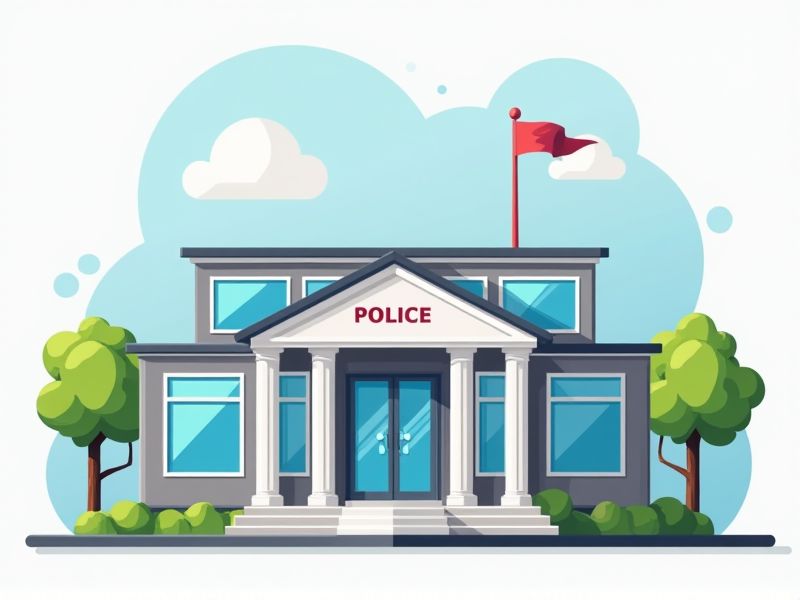
When writing a letter to a police station, it is important to maintain a clear, respectful, and formal tone. Whether you are reporting an incident, seeking assistance, or providing information, structuring your letter properly ensures your message is understood and taken seriously. Begin with your contact information, date, and the recipient's details, followed by a concise subject line. Clearly explain the purpose of your letter in the body, providing all relevant facts while staying polite and direct. To help you draft an effective letter, this article offers a variety of useful templates tailored for different situations involving police communication.
Samples of letter format for police station
Formal Letter Template For Police Station
Police Station Complaint Letter Format
Request Letter Format For Police Assistance
Police Station Inquiry Letter Template
Letter To Police Station For Lost Property
Application Letter To Police For Character Certificate
Letter Format For Reporting A Crime To Police
Police Station Notice Letter Format
Letter To Police Station For Filing A Complaint
Format For Letter Addressed To Police Chief
Police Station Letter For Requesting Information
Letter To Police For Urgent Intervention
Police Report Letter Format Example
Letter Format For Police Station Verification Request
Template For Addressing Police Department Issues
Formal Inquiry Letter To Local Police Station
Letter To Police For Neighborhood Watch Request
Format For Appeal Letter To Police Department
Letter To Police Station Regarding Harassment
Community Safety Letter Format For Police Outreach
Important Things to Know when Writing Letter Format For Police Station
Proper Addressing And Recipient Details
Proper addressing and recipient details are crucial when formatting a letter for a police station. Ensure that the letterhead includes your name, address, and contact information at the top, followed by the date. Clearly specify the police station's name and address next, as this helps direct the correspondence appropriately. Including a respectful salutation, such as "Dear Officer" or "To Whom It May Concern," sets a professional tone for your communication.
Clear And Concise Subject Line
A clear and concise subject line is essential when drafting a letter to a police station, as it immediately conveys the purpose of your correspondence. This helps the recipient quickly understand the issue at hand, whether it pertains to a report, request for assistance, or inquiry. By using direct language that accurately reflects your message, you enhance the likelihood of a timely and relevant response. Consider structuring your subject line to include specific details, such as the nature of the incident or request, to facilitate an efficient process.
Formal And Respectful Language
When writing a letter to a police station, it's crucial to use formal and respectful language to convey your message effectively. This includes addressing the recipient appropriately and avoiding slang or colloquial expressions. Clearly state your purpose in a concise manner, ensuring that the tone remains professional throughout. Remember, your choice of words can significantly influence how your concerns or requests are received.
Detailed Description Of The Issue Or Complaint
When writing a letter to a police station, providing a detailed description of the issue or complaint is crucial. Clearly outline the specific incident, including dates, times, locations, and any individuals involved, to enhance the clarity of your message. Offering a precise account not only helps the authorities to understand the situation better but also facilitates their response. Make sure to include any evidence you may have, such as photographs or witness statements, as these can substantiate your claims.
Contact Information And Signature Of The Sender
When drafting a letter to a police station, include your contact information prominently at the top for easy reference. This should consist of your full name, address, phone number, and email address, ensuring that the authorities can reach you without delay. At the bottom of the letter, include a handwritten signature to authenticate the message, followed by your typed name for clarity. Such proper formatting not only adds professionalism to your correspondence but also fosters clear communication with law enforcement.
